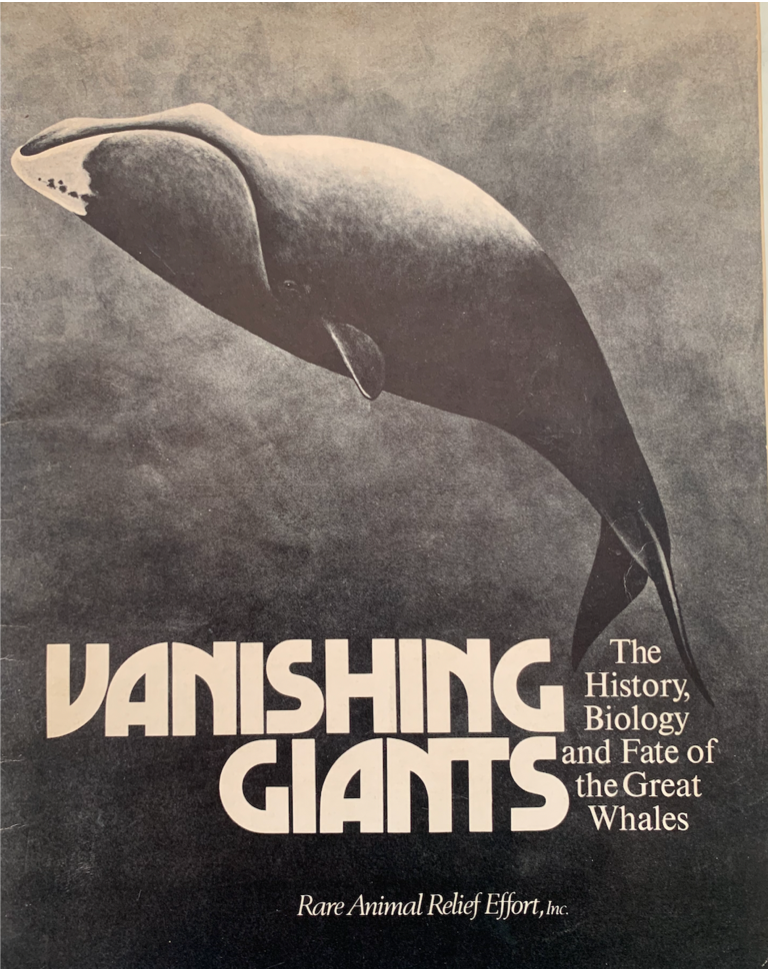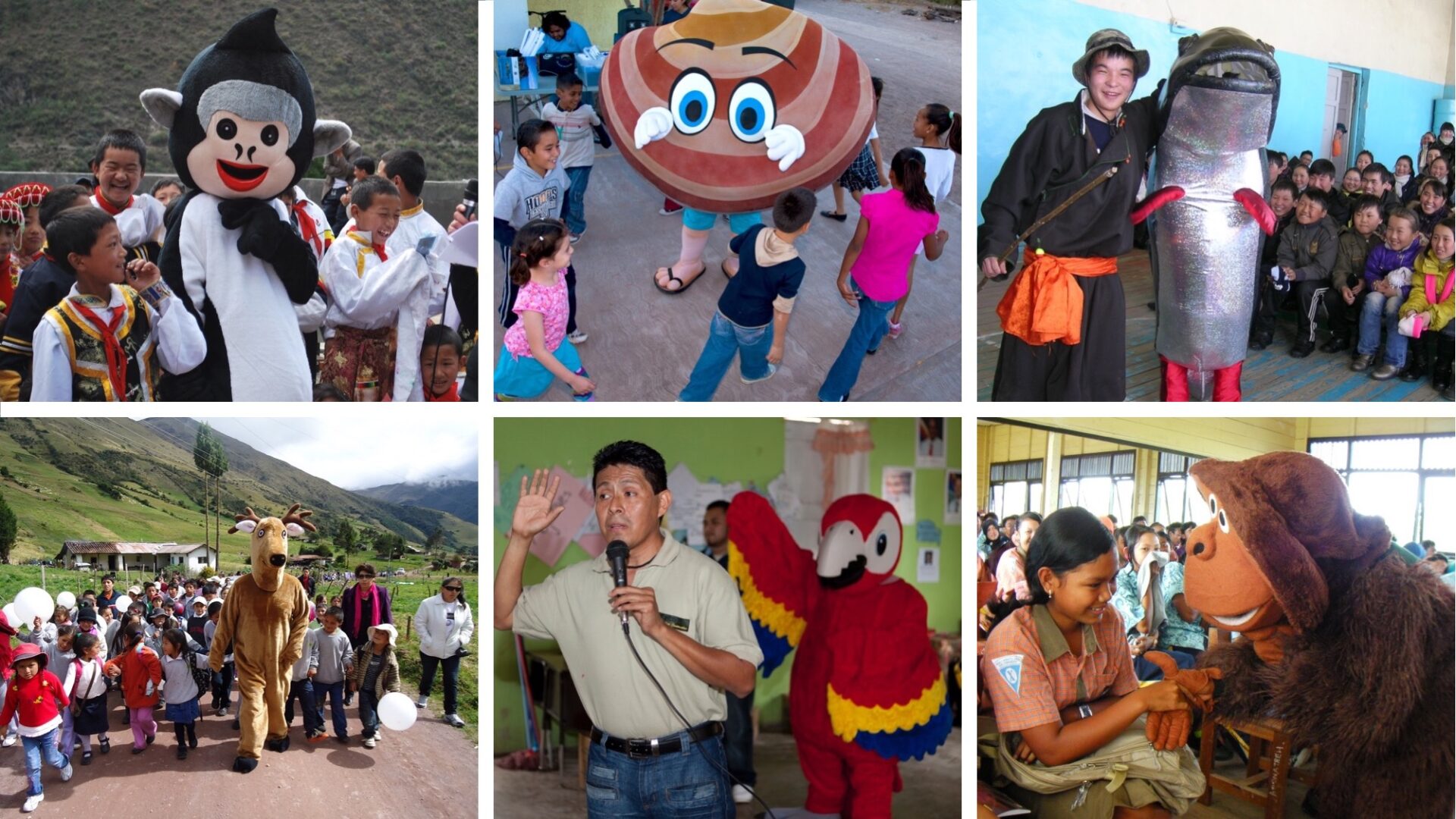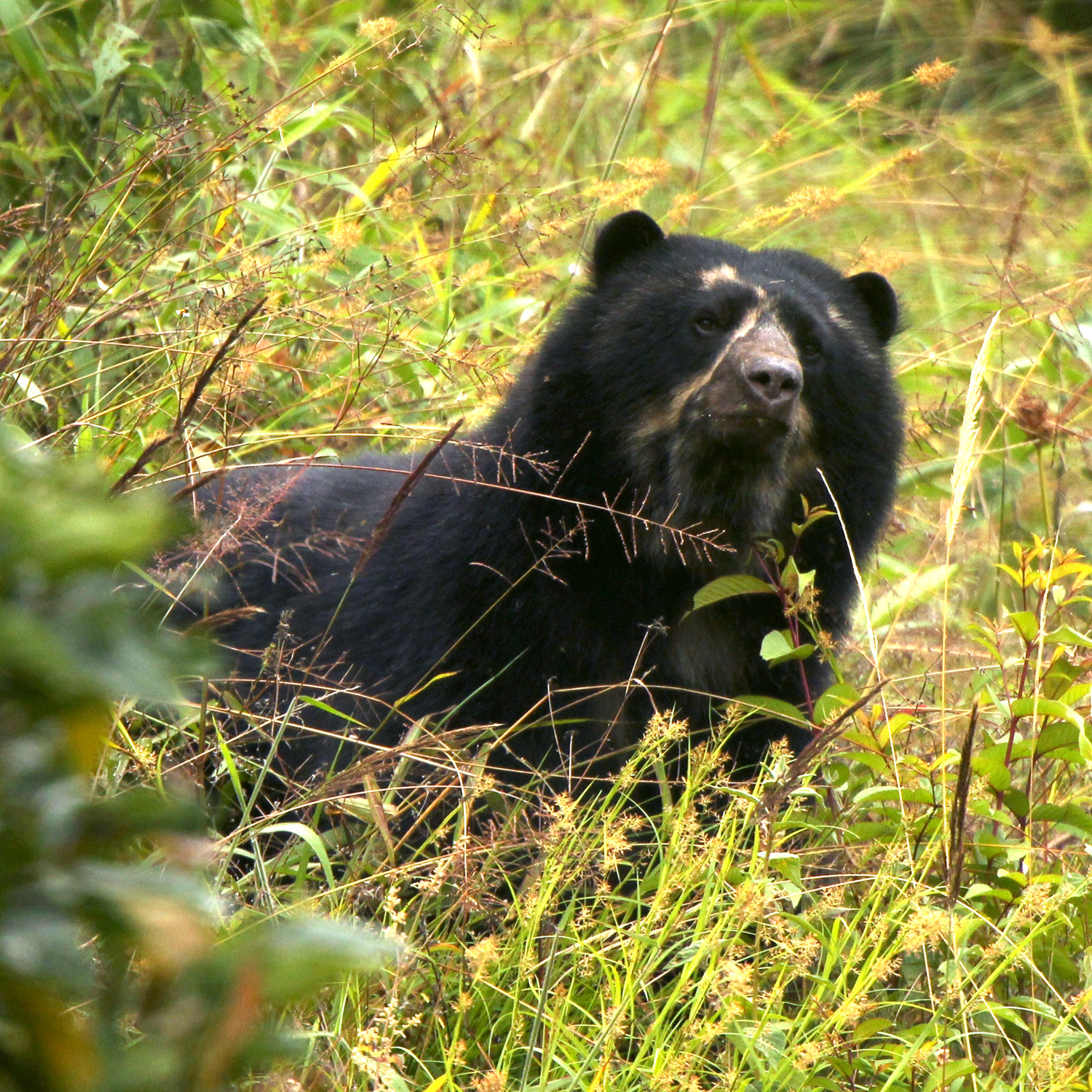In 2022, I started my tenure at Rare on the eve of what many optimistically hailed “a new era of action for nature”: December 2022’s “game-changing” Biodiversity Plan (i.e., the Kunming-Montreal Global Biodiversity Framework). Today, reflecting on the concept of biodiversity conservation, it’s clear that it has become so central to the field of conservation today that it’s nearly impossible to envision our work without this guiding framework. We now know biodiversity regulates our global climate, enables a food production system that sustains over eight billion people, and provides a foundation for jobs and ecosystem services essential to the global economy. Moreover, it continues to spark awe-inspiring discoveries of invaluable resources for humanity.
That said, its rapid decline should alarm everyone: one million species today are at risk of extinction, and rapid habitat loss, climate change, and exploitation exacerbate this decline. Our collective survival depends on drawing lessons from successful conservation efforts and scaling what’s working to secure the biodiversity, ecosystems, and processes necessary for an equitable and sustainable future.
Since celebrating the landmark agreement with colleagues and friends in Montreal, I have been eager to share Rare’s part in protecting biodiversity and propelling conservation to where it is today.
Understanding Rare’s biodiversity story
*For a more visual take on Rare’s biodiversity journey, explore ‘A Rare biodiversity story‘*
Since joining Rare, most people I’ve engaged have been surprised to learn how much biodiversity conservation has underpinned our work since 1974. Recently, I was fortunate to hear our creation story firsthand from David Hill, Rare’s founder, and his passionate birding partners, Ken Berlin and Bob Ridgely. David was inspired to act after experiencing Central America’s spectacular, diverse species assemblages amidst rising deforestation threats.

At the time, ‘R.A.R.E.’ (originally named “The ‘Rare Animal Relief Effort’ and housed within the National Audubon Society) aligned with the single-species conservation efforts of the time. ‘R.A.R.E. initially focused on fundraising to conserve globally threatened species and the high-biodiversity areas necessary for their survival. Our work resulted in creating and expanding numerous national parks in Costa Rica and Honduras, such as Corcovado, Monte Verde, Tortuguero, and Honduras’s first national park, La Tigra, and eventually conserving whales, manatees, and other species conservation efforts worldwide.
But at this time, ‘R.A.R.E.’ also found that financing biodiversity conservation through individual donations alone wasn’t enough. David, Ken, Bob, and a growing movement began to lobby the U.S. Government to allocate foreign aid dollars through the US Agency for International Development (USAID) to biodiversity conservation. This groundbreaking work would eventually unlock hundreds of millions of dollars for Costa Rica and billions for the world over the coming decades.
Despite these many victories, the world hadn’t yet rallied behind a crucial understanding that has come to define Rare’s approach: human activities were driving global biodiversity loss and impending climate change, and solutions for addressing these twin crises must come from the people stewarding the resources. The right policy and finance alone would not be enough to save life on planet Earth.
From single-species conservation to a global movement to protect biodiversity: Rare sparks Pride
We conservationists generally regard the 70s and 80s as an auspicious time for conservation’s momentum. Following the Stockholm Conference in 1972, the proceeding two decades saw the birth of the modern environmental movement, including an explosion of conservation-related science, unprecedented activism, and leaps forward in environmental policy, law, and communications (e.g., the National Environmental Protection Act, Clean Air and Clean Water Acts in America, the Convention on International Trade in Endangered Species(CITES), the UN Convention on the Law of the Sea, and the Ramsar Convention on Wetlands, among many others on the global level). By the end of this period, essential connections were made between conservation and human development, e.g., the birth of “sustainable development” in the 1987 Brundtland Report.
But while individual victories were being won, conservation was failing: species were still declining, habitat loss was accelerating, and the specter of global climate change was beginning to emerge. Rare (having evolved to become the Rare Center for Tropical Bird Conservation) began to rally around a nascent and novel idea: That conservation was actually about people – their behaviors toward nature, their beliefs about its value, and their ability to protect it without sacrificing basic life needs – and that its solutions should come from those closest to the wildlife, not from scientists afar. It was becoming clear that science, data, funding, and conservation policy alone would not save species. Rare’s approach was born.
Most people who know Rare today are acquainted with its Pride campaigns and trailblazing legacy of applying modern social marketing to conservation — supporting local communities to take ownership of and pride in conserving their biodiversity and natural resources. Throughout the late 80s, 90’s, and early 2000s, instigated by a social marketing campaign led by Gabriel Charles, the Head of St. Lucia’s Forestry Department and Rare’s future visionary leader, Paul Butler, Rare supported hundreds of communities to lead what would become known as ‘Pride’ ‘campaigns protecting birds, fish, amphibians, reptiles, mammals, and other species of local significance to their communities, livelihoods, and economies. These campaigns were based on the idea that everyone can enact change and local leaders could leverage the power of pride to overcome barriers to protecting local species and ecosystems.

During this period, the 1992 Rio Earth Summit spawned various conventions, like the Convention on Biological Diversity (CBD) and the UN Framework Convention on Climate Change (UNFCCC), which called for adopting the concept of sustainable development (balancing economic growth with environmental protection and social well-being). The Summit also highlighted the need for innovative financial mechanisms to support these efforts.
At the same time, Rare began to invest in integrating the economy and finance into conservation, recognizing their critical role in people’s everyday decision-making. Several years after the Summit, Brett Jenks joined Rare, spearheading and building a replicable model for community-led eco-tourism efforts. Across Central America, Rare worked with experts in participatory rural development and trained over 300 local community members to participate in the growing ecotourism market – work that continues to inspire millions each year. This work included empowering women through educational programs that linked population, health, the environment, and family planning, further improving household economics and communities’ livelihood potential.
Since the Earth Summit, the Global Environment Facility (GEF)’s eight replenishment rounds and global leadership from the United States, Germany, Norway, the UK, France, and many others have amounted to an estimated $100+ billion per year spent on biodiversity conservation – a massive planetary resource mobilization effort. Experts still project that we need to spend nearly 10x today’s investments, globally and annually, to address the challenge at scale. As a result, innovations in leveraging private finance for nature conservation are exploding.
More recently, Rare launched the Meloy Fund, an investment fund focused on mobilizing resources towards small-scale fishery enterprises. Today, our innovative finance program is building a range of financial mechanisms to improve the opportunities for local fishers and farmers to protect biodiversity and participate in their local economy – mechanisms that include nearly 1,000 savings clubs in coastal fishing communities, a first-of-its-kind parametric insurance program for small-scale fisheries, and just last month, the world’s first small-scale fisheries impact bond.
Rare’s continuing commitment to people and biodiversity
As Rare turns 50 this year, we remain even more committed to tackling the twinned biodiversity and climate change crises. Our current approach builds on our deep experience as we seek to unlock the potential of individual and community action for durable and lasting solutions that protect biodiversity.
Rare’s Center for Behavior and the Environment (BE.Center), on the vanguard of building the field of behavioral science for nature, has now partnered with 100s of organizations working with 1,000s of communities to leverage behavioral science and solutions for biodiversity loss, climate change, and other global challenges; solutions include expanding OECMs (other effective area-based conservation measures), improving inclusion of human behavior into protected area planning and management, and showcasing new solutions to the growing threats of fire, poaching, and wildlife trade. The BE.Center also trains environmental practitioners worldwide in behavior-centered design to maximize the impact of their work protecting biodiversity.
Around the world, Rare is supporting our partner communities to reach 30×30. We are committed to unlocking and scaling locally-led behavioral solutions to conserve the ocean’s most important coastal waters – our community seas – home to nearly 50% of all marine biodiversity, including coral reefs, mangroves, and seagrass. In the United States, we are working to create a culture of climate action and remove barriers to help individual Americans participate in reducing global greenhouse gas emissions – one of the greatest threats to biodiversity today. And in Colombia, we have scaled a digitally powered behavioral approach to rapidly adopting regenerative agricultural practices that protect biodiversity. Taken together, our work is designed to accelerate everyone’s ambition and impact in the biodiversity conservation field.

Speaking of Colombia…We are thrilled that Colombia will host the next CBD COP16. This meeting marks an important next step for assessing the implementation of The Global Biodiversity Framework (GBF) and its soon-to-be-operational GBF Fund. Given the incredible leadership of the Colombian government, NGOs, and communities in already protecting over 30% of its land and sea, we are optimistic that this next meeting will propel the international community toward more action for biodiversity and the climate.
At this CBD COP, Rare will showcase our innovative sustainable agriculture in Colombia through our Lands for Life program. And, as we do at all the big global forums, Rare will continue to elevate the local leaders and communities at the forefront of biodiversity conservation and focus on building more partnerships that can help the planet achieve a durable 30×30 that represents the lived experience of the billions who reside within and adjacent to the world’s most spectacular biodiversity.
Luckily, Rare is not alone. The future of biodiversity, human health, and the earth’s ecological systems relies on today’s conservation efforts and the actions of the next generations. Local communities, global governments, scientists, and conservation organizations big and small must join together to create solutions for ecosystem resilience, biodiversity, and the climate. Together, we now deliver more durable, people-centered solutions that can overcome the growing pressure on our planet.